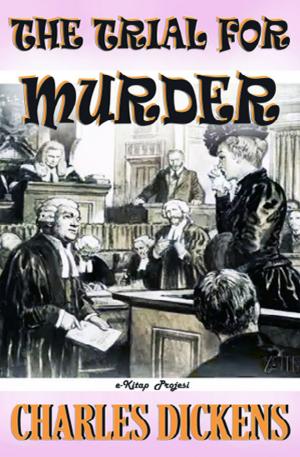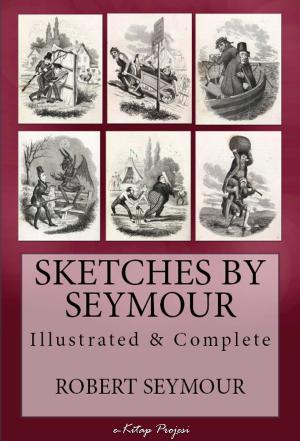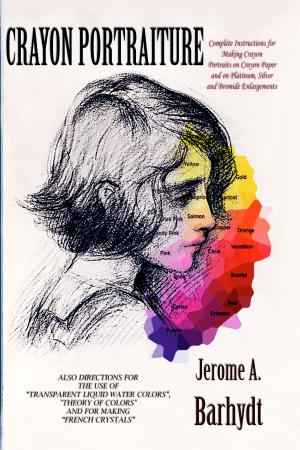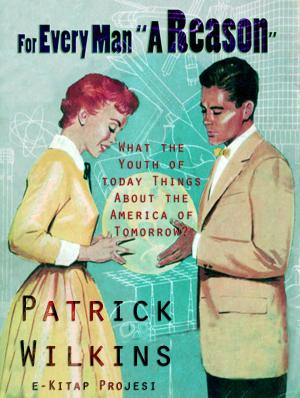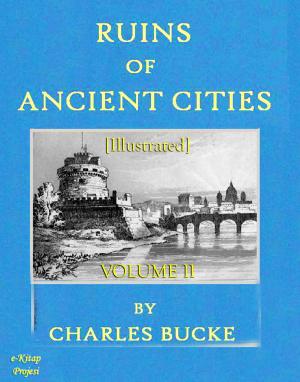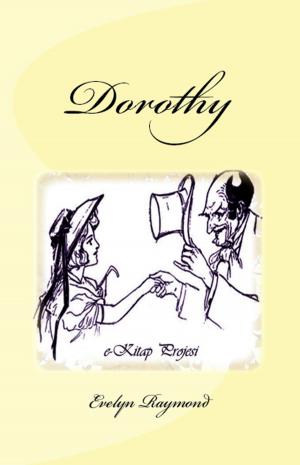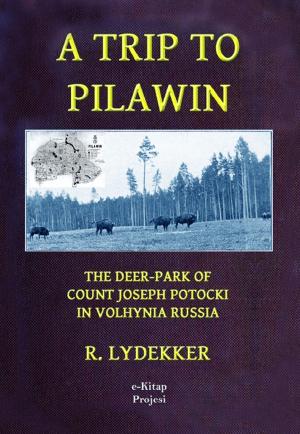| Author: | Thomas Nelson Page | ISBN: | 9786059285230 |
| Publisher: | eKitap Projesi | Publication: | October 1, 2015 |
| Imprint: | eKitap Projesi | Language: | English |
| Author: | Thomas Nelson Page |
| ISBN: | 9786059285230 |
| Publisher: | eKitap Projesi |
| Publication: | October 1, 2015 |
| Imprint: | eKitap Projesi |
| Language: | English |
The old Gray plantation, “Red Rock,” lay at the highest part of the rich rolling country, before it rose too abruptly in the wooded foothills of the blue mountains away to the westward. As everybody in the coun-try knew, who knew anything, it took its name from the great red stain, as big as a blanket, which appeared on the huge bowlder in the grove, beside the family grave-yard, at the far end of the Red Rock gardens. And as was equally well known, or equally well believed, which amounted almost to the same thing, that stain was the blood of the Indian chief who had slain the wife of the first Jacquelin Gray who came to this part of the world: the Jacquelin who had built the first house at Red Rock, around the fireplace of which the present mansion was erected, and whose portrait, with its piercing eyes and fierce look, hung in a black frame over the mantel, and used to come down as a warning when any peril impended above the house.
The bereft husband had exacted swift retribution of the murderer, on that very rock, and the Indian’s heart blood had left that deep stain in the darker granite as a perpetual memorial of the swift vengeance of the Jacquelin Grays.
This, at least, was what was asserted and believed by the old negroes (and, perhaps, by some of the whites, too, a little). And if the negroes did not know, who did? So Jacquelin often pondered.
Steve Allen, who was always a reckless talker, however, used to say that the stain was nothing but a bit of red sandstone which had out-cropped at the point where that huge fragment was broken off, and rolled along by a glacier thousands of years ago, far to the northward; but this view was to the other children’s minds clearly untenable; for there never could have been any glacier there—glaciers, as they knew from their geographies, being confined to Switzerland, and the world having been created only six thousand years ago.
The children were well grounded by their mothers and Miss Thomasia in Bible history. Besides, there was the picture of the “Indian-killer,” in the black frame nailed in the wall over the fireplace in the great hall, and one could not go anywhere in the hall without his fierce eyes following you with a look so intent and piercing that Mammy Celia was wont to use it half jestingly as a threat effectual with little Jacquelin when he was refracto-ry—that if he did not mind, the “Indian-killer” would see him and come after him. How often Mammy Celia employed it with Jacquelin, and how severe she used to be with tall, reckless Steve, because he scoffed at the story, and to tease her, threatened, with appropriate ges-ture, to knock the picture out of the frame, and see what was in the secret cabinet behind it! What would have happened had Steve carried out his threat, Jacquelin, as a boy, quite trembled to think; for though he admired Steve, his cousin, above all other mortals, as any small boy admires one several years his senior, who can ride wild horses and do things he cannot do, this would have been to engage in a contest with something supernatural and not mortal.
Still he used to urge Steve to do it, with a certain fascinating apprehensiveness that made the chills creep up and down his back.
The old Gray plantation, “Red Rock,” lay at the highest part of the rich rolling country, before it rose too abruptly in the wooded foothills of the blue mountains away to the westward. As everybody in the coun-try knew, who knew anything, it took its name from the great red stain, as big as a blanket, which appeared on the huge bowlder in the grove, beside the family grave-yard, at the far end of the Red Rock gardens. And as was equally well known, or equally well believed, which amounted almost to the same thing, that stain was the blood of the Indian chief who had slain the wife of the first Jacquelin Gray who came to this part of the world: the Jacquelin who had built the first house at Red Rock, around the fireplace of which the present mansion was erected, and whose portrait, with its piercing eyes and fierce look, hung in a black frame over the mantel, and used to come down as a warning when any peril impended above the house.
The bereft husband had exacted swift retribution of the murderer, on that very rock, and the Indian’s heart blood had left that deep stain in the darker granite as a perpetual memorial of the swift vengeance of the Jacquelin Grays.
This, at least, was what was asserted and believed by the old negroes (and, perhaps, by some of the whites, too, a little). And if the negroes did not know, who did? So Jacquelin often pondered.
Steve Allen, who was always a reckless talker, however, used to say that the stain was nothing but a bit of red sandstone which had out-cropped at the point where that huge fragment was broken off, and rolled along by a glacier thousands of years ago, far to the northward; but this view was to the other children’s minds clearly untenable; for there never could have been any glacier there—glaciers, as they knew from their geographies, being confined to Switzerland, and the world having been created only six thousand years ago.
The children were well grounded by their mothers and Miss Thomasia in Bible history. Besides, there was the picture of the “Indian-killer,” in the black frame nailed in the wall over the fireplace in the great hall, and one could not go anywhere in the hall without his fierce eyes following you with a look so intent and piercing that Mammy Celia was wont to use it half jestingly as a threat effectual with little Jacquelin when he was refracto-ry—that if he did not mind, the “Indian-killer” would see him and come after him. How often Mammy Celia employed it with Jacquelin, and how severe she used to be with tall, reckless Steve, because he scoffed at the story, and to tease her, threatened, with appropriate ges-ture, to knock the picture out of the frame, and see what was in the secret cabinet behind it! What would have happened had Steve carried out his threat, Jacquelin, as a boy, quite trembled to think; for though he admired Steve, his cousin, above all other mortals, as any small boy admires one several years his senior, who can ride wild horses and do things he cannot do, this would have been to engage in a contest with something supernatural and not mortal.
Still he used to urge Steve to do it, with a certain fascinating apprehensiveness that made the chills creep up and down his back.



